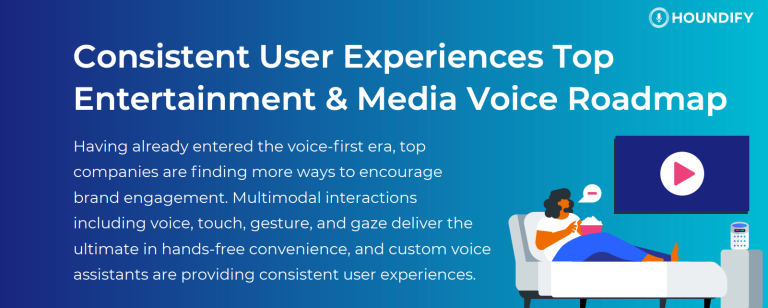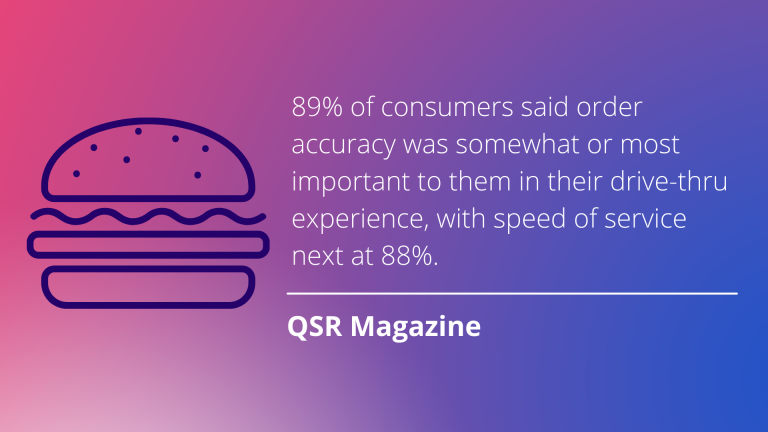The entertainment industry, a huge source of global revenue comprising film, television, radio, and print media, is using voice assistants to improve their customer experiences. According to Statista, the entertainment market is forecasted to reach $2.1 trillion by the end of 2021, which rose from $2 trillion in 2020. The industry, unlike many others, saw a slight increase in revenue during the pandemic due to the rising use of streaming services.
With the exponential growth in usage of streaming platforms, customers are increasingly expecting fast, relevant search results, personalized experiences, and quick access to their favorite media. Voice assistants are innovating how customers use their televisions, music, and entertainment apps by providing fast, convenient, and hands-free experiences.
While entertainment is a single umbrella industry, the companies within it have their own unique challenges and needs for voice AI technology. We’ll dive into each area to understand the advances, trends, and uses of voice assistants in television, music, and entertainment apps, including how:
- Television voice control offers fast, hands-free experiences
- Music streaming services personalize preferences with voice AI
- Voice-enabled entertainment apps create convenience and ease of use
Voice-controlled smart televisions deliver more than entertainment
Consumers are increasingly demanding more advanced, multi-functional televisions. A report by Hub Entertainment Research stated that smart TVs are now in 70% of TV households, showing that intelligent televisions are actively replacing older technology. These devices, equipped with both speech recognition and visual displays, are poised to become the hub of the smart home and a center for interactions with other services.
The trends toward smart TV usage include increased usage of voice-enabled remotes and interfaces as the standard for how consumers interact with these devices. In fact, according to Statista, 24% of consumers use voice assistants on their TV or remote. As TVs extend their functionality to include access to information from the cloud and purchasing opportunities, voice-enabled smart TVs have the potential of replacing smart speakers in the home and in hotels.










